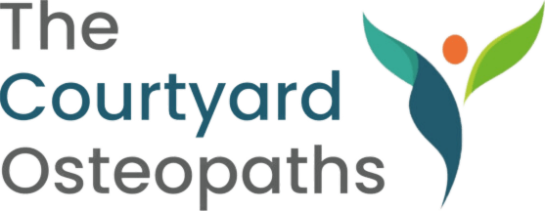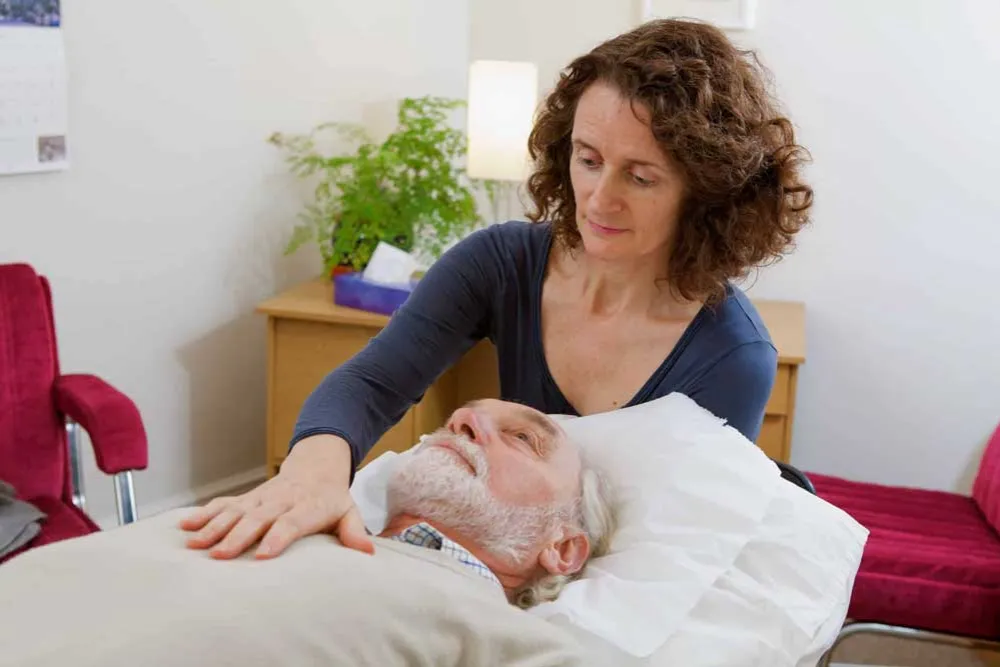Since April I have been working closely with Martin Bell from Technology in Motion. Martin has a regular clinic at The Berkeley Centre where he assesses and treats babies with plagiocephaly using helmets to correct the asymmetry. I thought I would take this opportunity to share the things I’ve learnt over the past few months. In this first post I’ll talk a little about the different types of head shapes we see in young babies.
What is plagiocephaly?
Plagiocephaly refers to a diagonal asymmetry of the head. This means that when viewed from above, the head takes the shape of a parallelogram with the ear and forehead on the flattened side being pushed forwards (as in the picture below). Most cases are termed positional plagiocephaly, hinting at the origin of the flattening being the position the baby spends most time in.
Brachycephaly is a central flattening of the back of the head, causing the head to become wider side to side and shorter from front to back. The average person’s head is approximately 80% as wide as it is long. Severe brachycephaly may result in a head that is wider than it is long.
In practice, many babies we see have a combination of both plagio- and brachycephaly. All of our practitioners at The Courtyard Osteopaths have been trained in accurately measuring babies’ heads in order to diagnose the type and severity of the asymmetry.
Will this affect the way my baby’s brain develops?
Plagiocephaly and brachycephaly both involve shape changes in response to external forces, but the overall volume of the skull remains normal, meaning the brain still has plenty of room to develop normally. Some scientific studies have hinted at problems in later life such as visual disturbances or a higher occurrence of ear infections, but the majority of research suggests that the only effect is cosmetic.
A much rarer form of head shape deformity is caused when one or more of the sutures (joints) in the skull is fused, known as craniosynostosis. This is a more serious condition as it may affect brain development and often requires surgery to correct. It is usually picked up in the hospital straight after birth, so we see very few babies with this.
What other effects might plagiocephaly have?
From an osteopath’s point of view, we often find that babies start to form a flat spot on one side because of underlying muscle tension on one side of their neck. This may have been caused by the position they were in in the womb, a traumatic birth, or something that has occurred since. The muscle tension means that the baby prefers to turn his or her head one way and therefore spends more time with pressure on that side of the head. Once a flat spot forms, baby’s head is forced to rest on that side, maintaining and exacerbating the neck tension.
Babies can be in some discomfort from the tight muscles (you all know what a pain in the neck feels like!). In addition to this, many of the muscles in the neck are linked to the jaw; an imbalance in jaw position may contribute to feeding problems and digestive difficulties such as trapped wind and constipation.
There is much that we as therapists can do to help release this tension, including stretches that can be taught for parents to do at home.
I’ll talk more in part two about what can be done to prevent a flat spot from forming, as well as what to do if your baby does have plagio- or brachycephaly.
– Sam
What Do Other People Think

Rated 5 star by over 40+ clients

